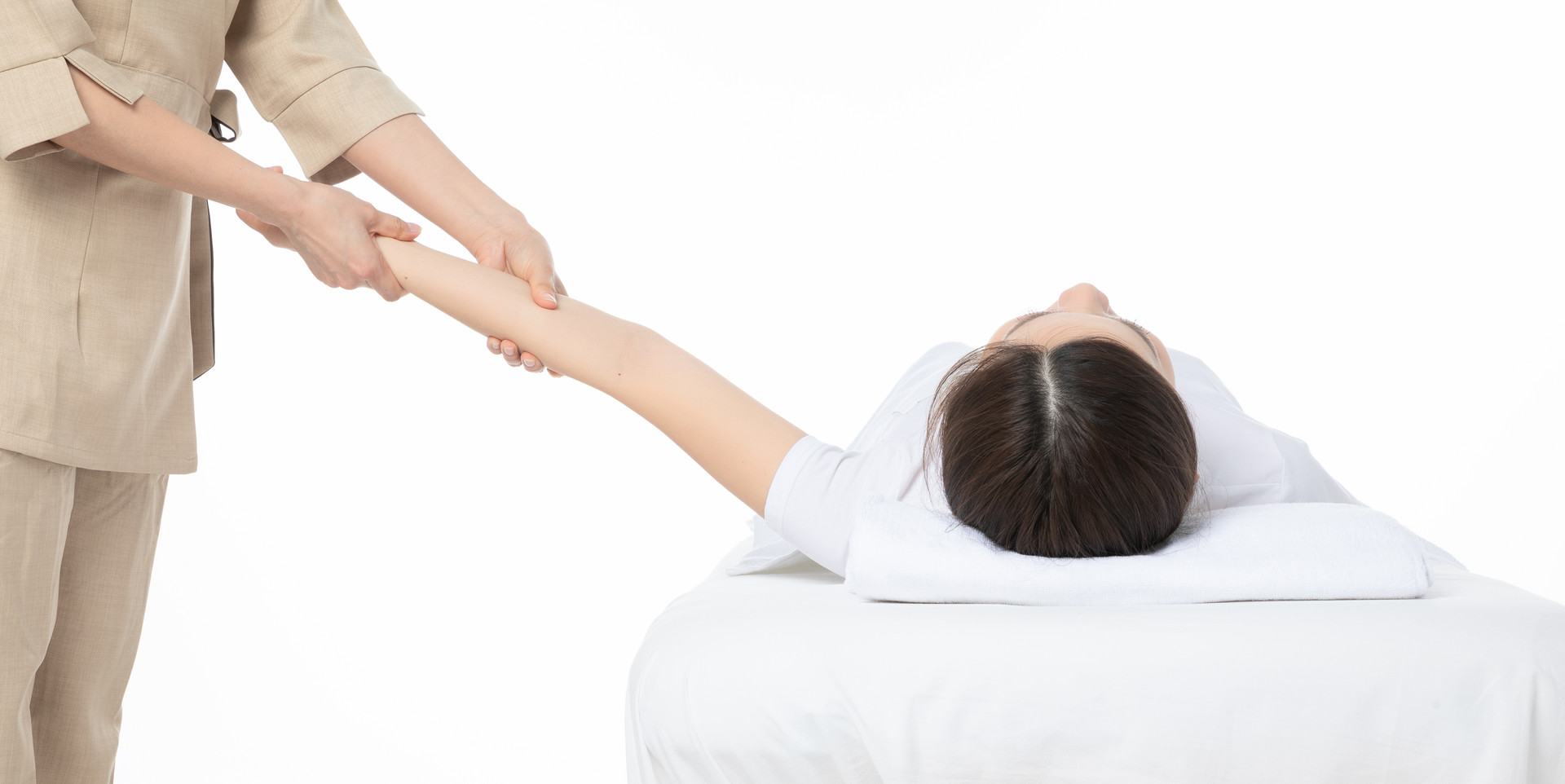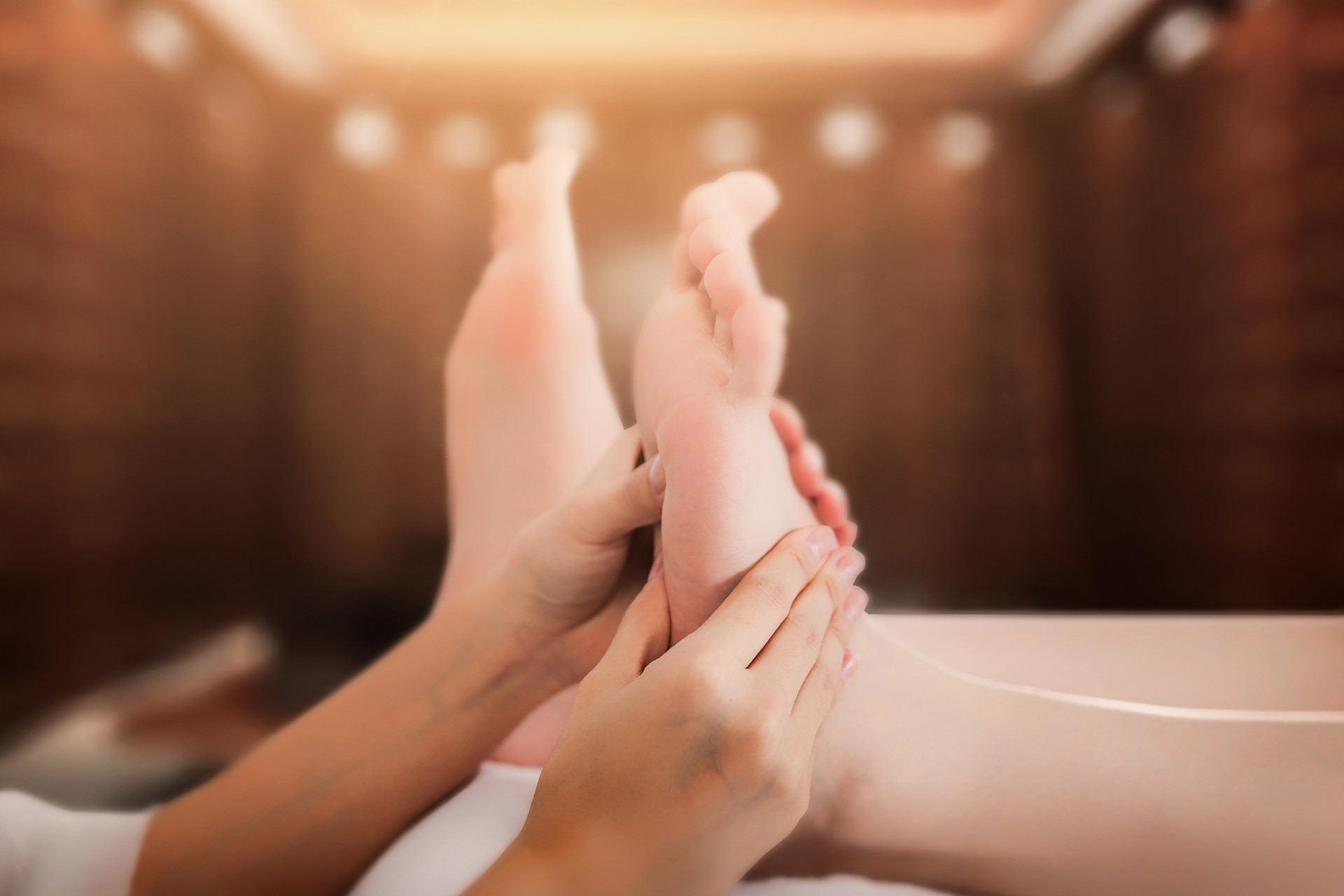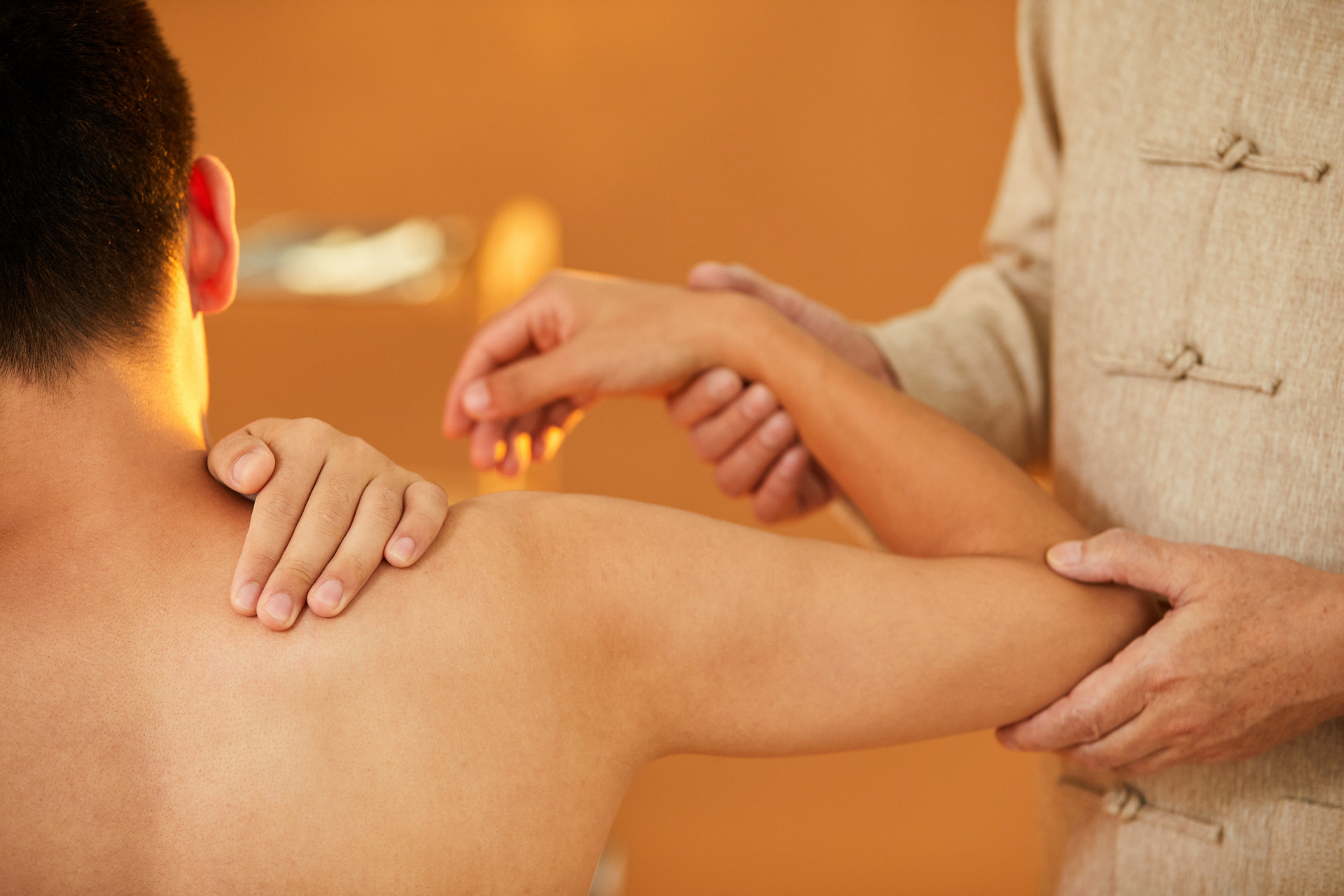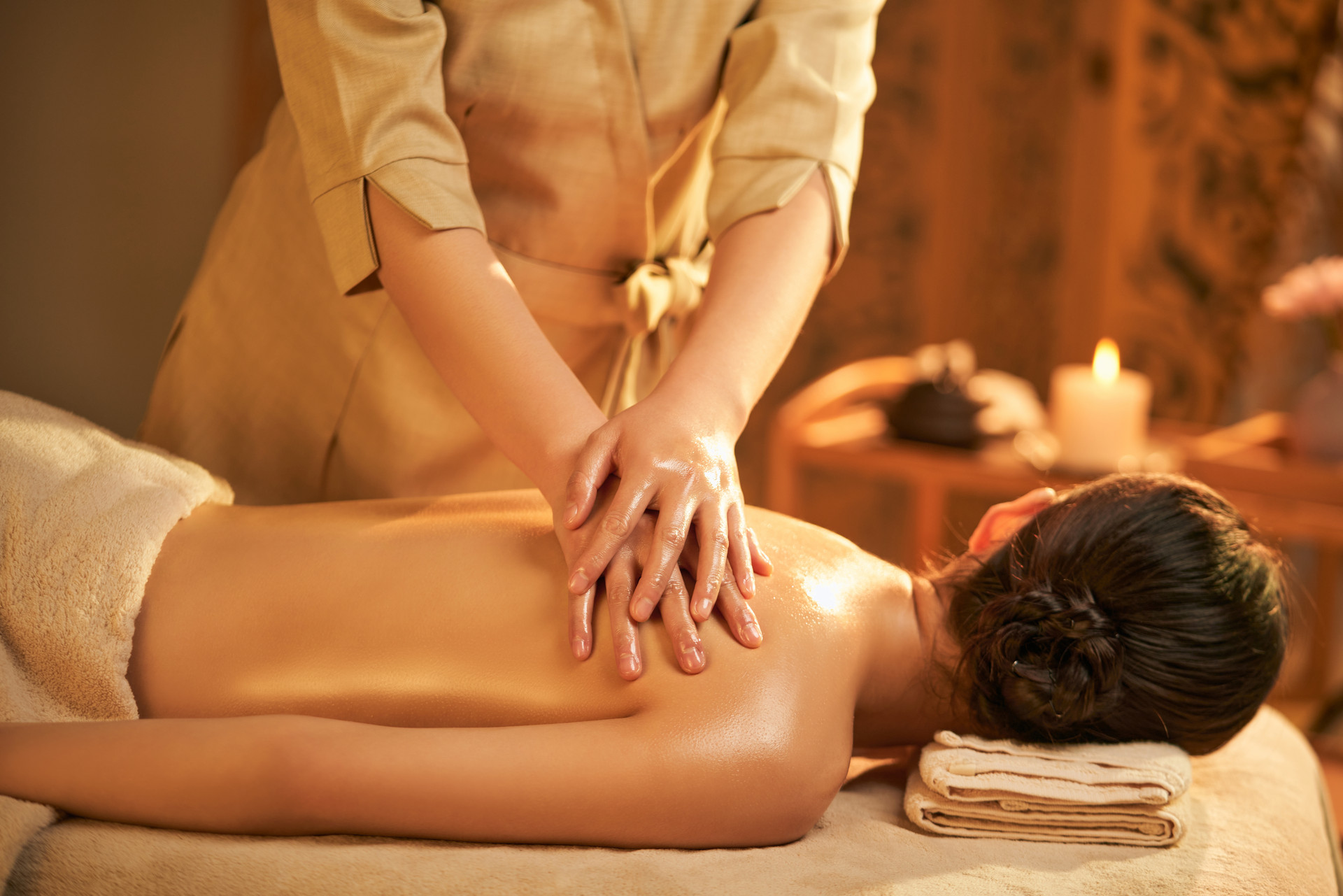Children have weaker resistance, making them more susceptible to bacterial invasion. Some children suffer from pharyngitis due to frequent colds, and the effects of medication are not satisfactory. Parents are also concerned about the side effects. Traditional Chinese medicine believes that this disease is mostly caused by the invasion of wind-heat pathogens in the throat, or by the presence of heat in the stomach, which rises to the throat, or by the inflammation caused by the uprising of virtual fire. Therefore, when treating pharyngitis, parents may consider trying Chinese massage.
Massage Method 1
1. The child sits or lies down, and the parent uses the thumb, index, and middle fingers to pinch the Tian Tu point 30-50 times, then gently rubs it for 1 minute using the thumb.
2. Massage the He Gu point for 1 minute.
Tian Tu point: When locating the point, the child can sit in an upright position. The Tian Tu point is located on the neck, in the middle of the front midline, between the two clavicles, and in the center of the suprasternal notch. It is used to treat hiccups, coughs, vomiting, neurogenic vomiting, pharyngitis, tonsillitis, and other diseases of the throat.
He Gu point: To determine this point, the patient should place their palm on the side of their wrist and naturally make a half fist. The He Gu point is located on the back of the hand, at the midpoint of the second metacarpal bone, on the side of the thumb. Another simple method to locate it is to form a 45-degree angle between the thumb and index finger, and the point is located at the intersection of the elongation of the bone. It is used to treat toothache, gum pain, acne, warts, trigeminal neuralgia, eye fatigue, throat pain, tinnitus, facial nerve paralysis, facial paralysis, hiccups, and other conditions. It is worth mentioning that when pressing the He Gu point, the force should be applied towards the little finger, rather than pressing straight up and down on the back of the hand. This way, the therapeutic effect of this acupoint can be better achieved.
Massage Method 2
1. The child sits or lies down, and the parent uses the thumb and index finger to massage the point beside the laryngeal prominence, about 1 inch below, repeatedly from top to bottom for 1 to 3 minutes.
2. Pinch and rub the Lian Quan point with the thumb for 1 minute, while instructing the child to swallow.
3. Press and hold the Shao Shang and Chi Ze points for 10 to 15 seconds.
Lian Quan point: Located in the neck, above the laryngeal prominence, on the midline of the front of the body, in the depression above the hyoid bone. It is used to treat tongue swelling and pain, sudden contraction of the tongue, excessive saliva, tongue stiffness, aphasia due to stroke, dry mouth and throat, mouth and tongue sores, laryngeal obstruction, cough, asthma, polydipsia, and poor appetite.
Shao Shang point: This point is located on the radial side of the thumb's distal joint, 0.1 inch away from the corner of the nail. It is used to treat sore throat, cough, nosebleed, fever, coma, and mania.
Chi Ze point: When locating this point, the patient should sit upright, with the palm facing up and the elbow slightly bent. The Chi Ze point is located on the arm at the elbow, in the depression on the radial side of the biceps brachii. The point where pressing firmly causes pain about 3 to 4 centimeters above it is called the "upper Chi Ze point." It is used to treat throat pain, colds, asthma, arm pain, palpitations, and other conditions.
While receiving massage treatment, topical traditional Chinese medicine such as Zhu Huang San and Bing Peng San can be used. For older children, bloodletting therapy with acupuncture can also be used as a complementary treatment.







